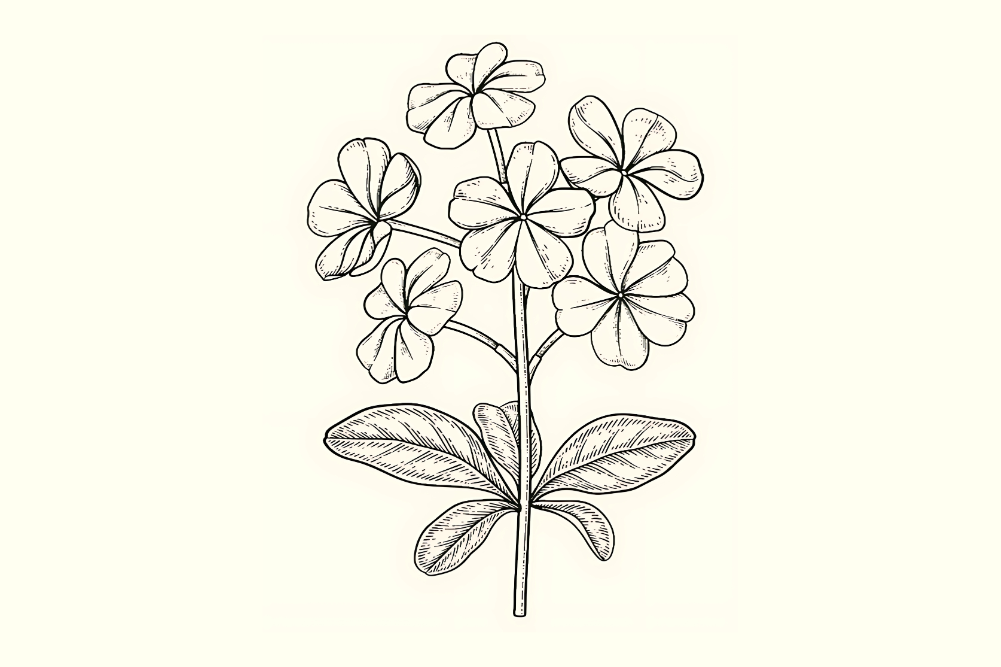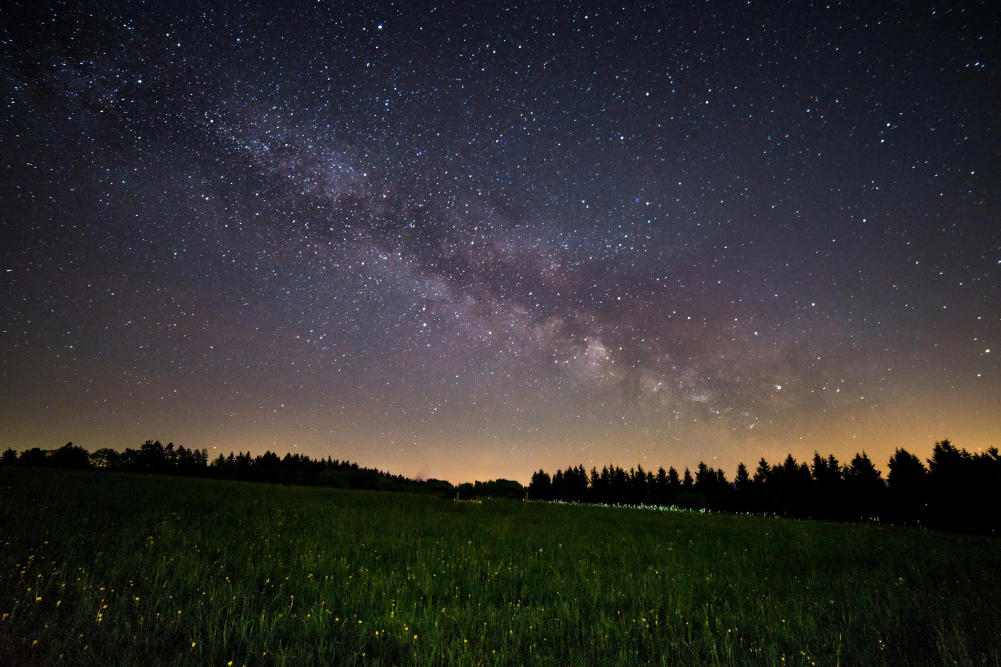Specialist timber architect and director — Jonathan Evans
Spend 10 minutes with our Paradigm Shifters, the people who are shaping the ideas that will take us into the future. Meet Jonathan Evans, specialist timber architect and founding director of biophilic architect firm Arbor.tect.
Known for designing some of Australia’s most innovative timber buildings, Evans is leading the way in creating a sustainable model for future living and wellbeing. At the heart of Evans’ designs is a belief that we all long to reconnect with the natural world, and by living in sync with Mother Nature we live healthier and happier lives. Here the architect shares his vision for the future, his love of the ocean and what it takes to challenge the status quo.
Deep in our DNA is an emotional attachment to natural materials and settings, which if embedded in our buildings and cities through considered biophilic design principles, can foster improved health, productivity and wellbeing.
Pillaging and degrading the Earth for monetary gain is short-sighted and ultimately more dangerous for humanity than it is for the natural world.
How I start my day …
I like to reconnect with nature each morning — spending some time in silence just watching and appreciating the surrounding beauty, colour, pattern and movement in the world around me.
I am fortunate to live in the village of Bundeena surrounded by a raw natural paradise, so this morning ritual usually involves either a mountain bike ride to the Royal National Park cliffs, a sunrise kayak paddle around the Port Hacking bays or a walk through a nearby majestic angophora forest, stopping along the way to sit in awe and contemplate.
What sustainability means to me …
In terms of environmental sustainability, I simply see it as making conscious decisions in our lives every day to consume less and produce more, to actively reduce and offset the carbon we generate so that future generations can enjoy the same benefits we do, rather than paying for the environmental damage that current generations have amassed.
The Austrian forestry industry illustrates this approach well. After over-exploitation the country was largely deforested, yet now boasts 50 per cent forest coverage through a structured plan utilising the reproductive capacity of trees, while balancing the economic, environmental and recreational demands on this natural resource. Eighty per cent of Austria’s forests are located on private landholdings, mostly family-run farming properties which are passed on from generation to generation, each harvesting a portion of the timber and replanting for the benefit of the next — the definition of a sustainable legacy.
On work–life balance …
Flexible working arrangements can bring numerous benefits to both businesses and employees through improved work culture, diversity and productivity. As events ebb and flow through our lives we should seek to continually rebalance the time we dedicate to work and to life outside work. With conflicting demands, that split is not always easy to determine, but I guess one way to assess it is to imagine looking back on your life after retirement, to decide which parts will have been most worthwhile and to devote more time into those areas while you are able.
On innovation …
Challenging the norm is not always easy, especially in the construction industry where the low-risk conventional methods typically win out. You need to be brave with conviction of your concepts, and then basically put in the hard work and empirical research to ensure that the innovation is a success.
This was the case at Barangaroo in Sydney, where the team proposed to challenge the status quo by designing and building the first modern timber commercial building to be constructed in Australia in over 100 years (at the time of completion, the tallest of its type in the world). The result is an exemplar of sustainable building, constructed from the renewable resource of certified mass timber and recycled hardwood, storing thousands of tonnes of carbon dioxide sourced from the atmosphere in the building structure, rather than releasing thousands of tonnes of CO2 in the production of concrete and steel, as would have been standard construction for CBD office buildings. A living green meadow on top of the mass timber roof provides a natural ecosystem in the city, moderates temperature in the area and allows the photovoltaic panels to work more efficiently, another world first.
On creating a hopeful future …
The greater part of human evolution has been spent in adaptive response to the natural environment, with only the most recent centuries primarily replaced with an artificial, constructed, highly serviced environment.
Deep in our DNA is an emotional attachment to natural materials and settings, which if embedded in our buildings and cities through considered biophilic design principles can foster improved health, productivity and wellbeing. Users of our two Barangaroo mass timber offices report improved mood, reduced stress and higher productivity due to the warm, natural surroundings.
What I do to blow off steam …
The ocean has many varied moods and temperaments, which can be used to reflect and amplify my feelings of the moment. At times smooth and tranquil, deep and mysterious; but when I need to let off steam, the best tonic is to swim out into the crashing surf and live for a time among the immense energy and humbling power of the waves and ocean swell.
Words to live by …
One of the few quotes on our website is “Nature can endure without humans, but humans cannot survive without nature.” Pillaging and degrading the Earth for monetary gain is short-sighted and ultimately more dangerous for humanity than it is for the natural world.
What’s next for me personally …
I am focusing on the evolution of my own architectural practice, Arbor.tect, established this year after 24 years as a partner and design director of acclaimed Sydney architectural studio Tzannes.
We are seeking to develop a new architectural language of beauty and warmth, along with a revolutionary way of building our cities, which can transform the built environment from one of degradation and depletion to something which is climate neutral, inclusive and in sync with nature.
Say hello …
I would love to hear about your own experience of living in harmony with nature, and aspirations for a sustainable home or workplace environment that we could develop together.
Web: arbortect.com.au
Email: jonathan@arbortect.com.au
Instagram: @evans_architect
![Paradigm Shifters Jonathan Evans[1]](https://da28rauy2a860.cloudfront.net/wellbeing/wp-content/uploads/2022/02/04111700/paradigm_shifters__Jonathan_Evans1-800x533.png)






